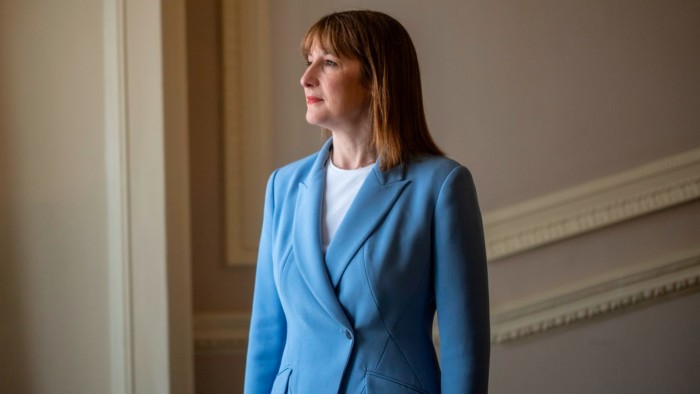Unlock the Editor’s Digest for free
Roula Khalaf, Editor of the FT, selects her favourite stories in this weekly newsletter.
Rachel Reeves has signalled the UK will not lift defence and intelligence spending beyond 2.6 per cent of GDP until the next parliament, despite intense pressure from the US for Nato countries to boost their militaries.
The chancellor told a Financial Times event on Tuesday that Britain had cut its foreign aid budget sharply to fund a pledge to hit the 2.6 per cent level by 2027 and had outlined departmental budgets at her spending review.
“We have now set that spending for this parliament. Any further increases in defence spending would be in a future parliament and we would seek a mandate to do that . . . in a way that was fully costed and fully funded,” she said.
The comments underline the ambivalence in Nato countries such as the UK in quickly meeting US President Donald Trump’s demands for higher defence spending, as they try to also maintain public services and fiscal stability.
Prime Minister Sir Keir Starmer has said it is his “ambition” to spend 3 per cent of GDP on defence in the next parliament, which is expected to run from 2029 until 2034, when fiscal conditions allow.
He is also expected to back a Nato push to require all members to spend at least 3.5 per cent on defence by 2035.
The Treasury said it would be a “misreading” to suggest that Reeves had ruled out going further on defence spending before the next election, which is expected in 2029.
It added: “Defending our country is the government’s first responsibility and the Spending Review put in place the money to do that.”
Reeves acknowledged on Tuesday that the plans to hit 2.6 per cent fell short of Nato’s 3.5 per cent target, but said the UK was moving quickly to increase defence spending.
“It is the biggest sustained increase in defence spending in the UK since the end of the cold war. We are getting there within two years by fully funding it,” she said.
The chancellor added that there would be another spending review in two years’ time, when forecasts for day-to-day and capital spending would be updated.
The UK’s 2.6 per cent target is made up of core defence spending at 2.5 per cent of GDP plus a promise to spend 0.1 per cent of GDP on intelligence. Britain at present spends about 2.3 per cent of GDP on defence.
In a wide-ranging discussion, she also described the UK as an “oasis of stability”, particularly because of its newly inked trade deal with the US.
She insisted the UK had a “positive environment” for growth, despite warnings from economists that the country faces a big downgrade to its productivity outlook by the official government forecaster.
The chancellor said the Treasury would work with the Office for Budget Responsibility over the summer as the watchdog prepares its next economic and fiscal outlook. The OBR would take into account “a number of factors” when it did its forecast for the autumn Budget, she said.
“There are things moving potentially in different directions, but certainly the growth-enhancing policies should all contribute to a positive environment for growth and the size of our economy,” she added. “I hope people are increasingly looking at Britain and seeing an oasis of stability.”




